Wildlife in Bozeman and Big Sky, MT is plentiful and though that’s certainly one of the joys of living in this region, it can also pose a challenge for landscaping. The trees, shrubs, and flowers on your property can be an easy meal for deer.
If you’re looking to prevent your landscape from turning into a 24/7 buffet, you might be interested in learning more about deer resistant plants. Though it’s important to recognize that there is no such thing as a fully deer-proof plant, there are certainly some that attract deer more than others.
In this article, we will focus on plants that are less likely to become deer food. Whether it’s because they have an unpleasant taste, odor, or texture (or there’s some unknown reason deer avoid them), these are deer resistant plants that are less likely to be consumed or damaged.
Deer Resistant Flowers
In general, deer tend to turn their noses up at fragrant plants with strong scents. In addition to scent being a deterrent, flowers that might have an unpleasant texture can also potentially deter deer from munching on them.
Here are a few to consider.
1. Echinacea
Also known as coneflowers, echinaceas are perennial flowering plants that are loved by butterflies, birds, and bees—but not so much deer. It’s believed that the spiny center and the aroma of this plant makes it relatively unpalatable to deer.

2. Salvia
Another pollinator attractor, salvia can be a colorful addition to your property. These are some of the most versatile plants around. They are highly drought-tolerant and feature beautiful flowers that most people find pleasantly scented. However, their strong scent is thought to be why deer tend to avoid them.
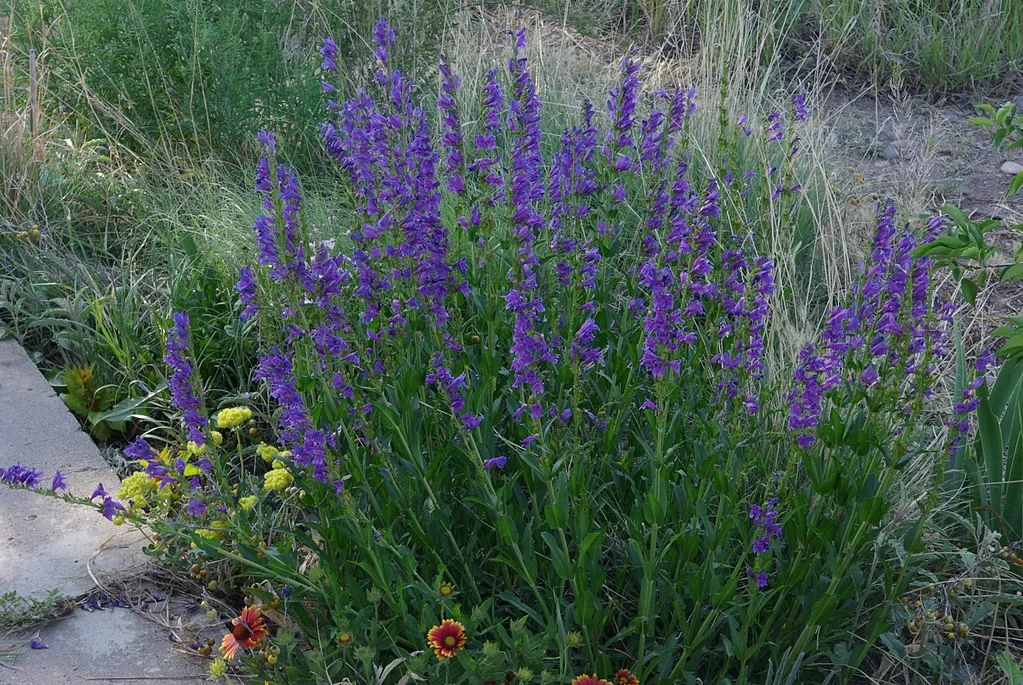
3. Dianthus
These flowers belong to the family of plants which includes carnations. They are a hardy flower with bright blooms, usually in shades of pink, red, or white. However, it is their fragrance (which has been said to have a hint of cinnamon or clove notes) which is thought to deter deer.
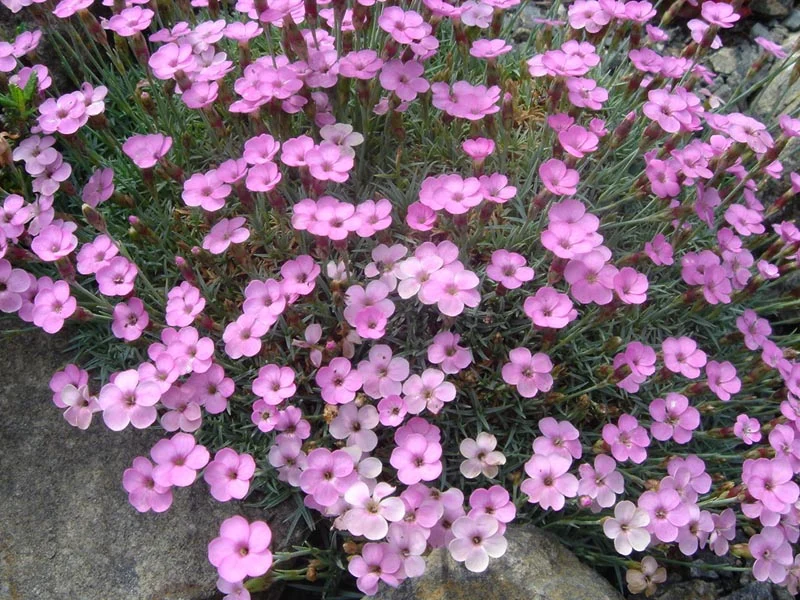
Deer Resistant Bushes
When it comes to the shrubs on your property, if deer favor them they may eat the leaves, buds, flowers and more. In other words, if you choose plants that deer like—they could decimate the entire thing.
To keep deer away from your shrubs, here are some they tend to avoid.
4. Elderberry
Elderberries are thought to be one of the most versatile plants in the world. They are cold hardy, low maintenance, and adaptable to most sites. Plus, they tend to be deer-resistant.
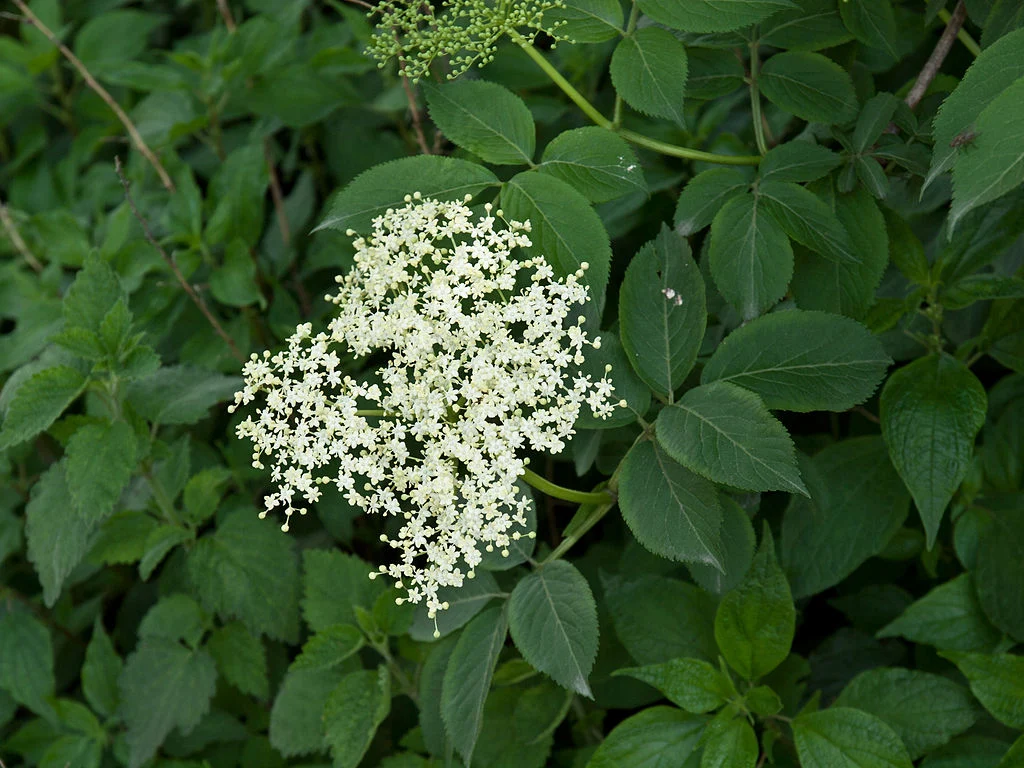
5. Buffaloberry
This is a tall, thorny, and thicket-forming native shrub that is well-adapted to our soils. The buffaloberry produces bright red berries and is overall a low maintenance plant type that is easy to care for.
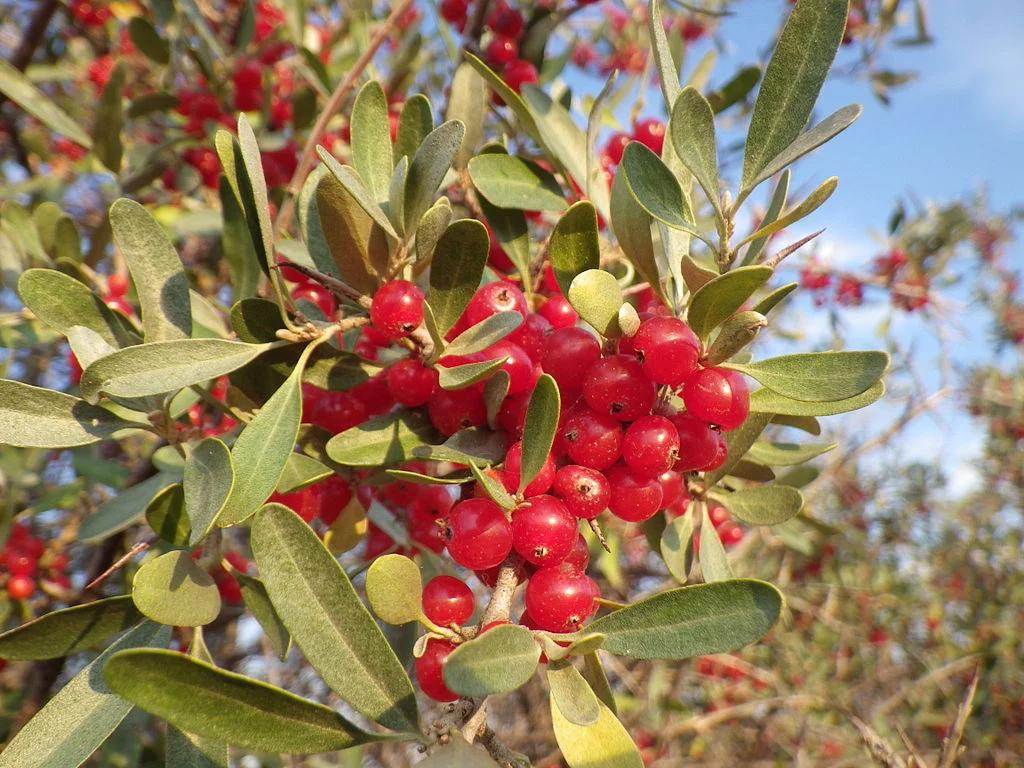
6. Sumac
Sumac shrubs belong to a family of plants that contains around 200 species. Sumac is known for its striking yellow, orange, and red foliage in the fall. This is another hardy shrub choice that is known for its drought tolerance and overall general resistance to deer.

7. Spirea
This upright, mounded shrub can reach 4 to 5 feet in height and width. It has bouquet-like clusters of flowers. It’s thought to be somewhat of a mystery why deer avoid spirea though it could have something to do with its fragrance.
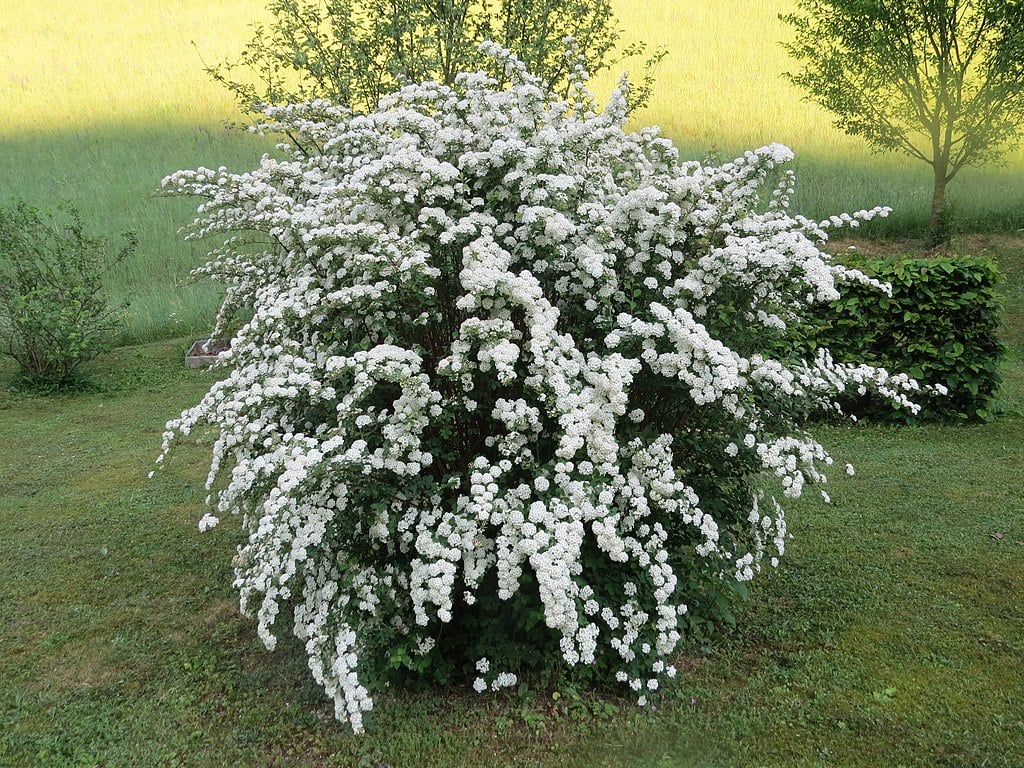
Deer Resistant Trees
Trees can definitely attract deer looking for a meal. For example, fruit trees like apple or cherry trees can be beautiful additions to your Bozeman or Big Sky, MT property—but their delicious fruit may also be enticing to hungry animals.
Deer can also damage trees when they rub their antlers on them and strip away the tree’s cambium.
Choosing deer resistant tree varieties will make it more likely that deer will move along their way. Here are some to consider.
8. Colorado Blue Spruce
The Blue Spruce tree, which can grow as tall as 80 feet, is a lovely evergreen that can provide a soft bluish-green hue to your landscape. Unlike other spruces, the Colorado Blue Spruce is more tolerant of wind. It is also somewhat resistant to drought and relatively hardy overall. But best of all, it’s one of those trees that deer tend to leave alone.

9. Hawthorn
Hawthorn is a deciduous tree grouping of the rose family and actually has hundreds of varieties. A defining characteristic of this tree type is its sharp woody thorns and serrated leaves, both of which are thought to deter deer from munching.
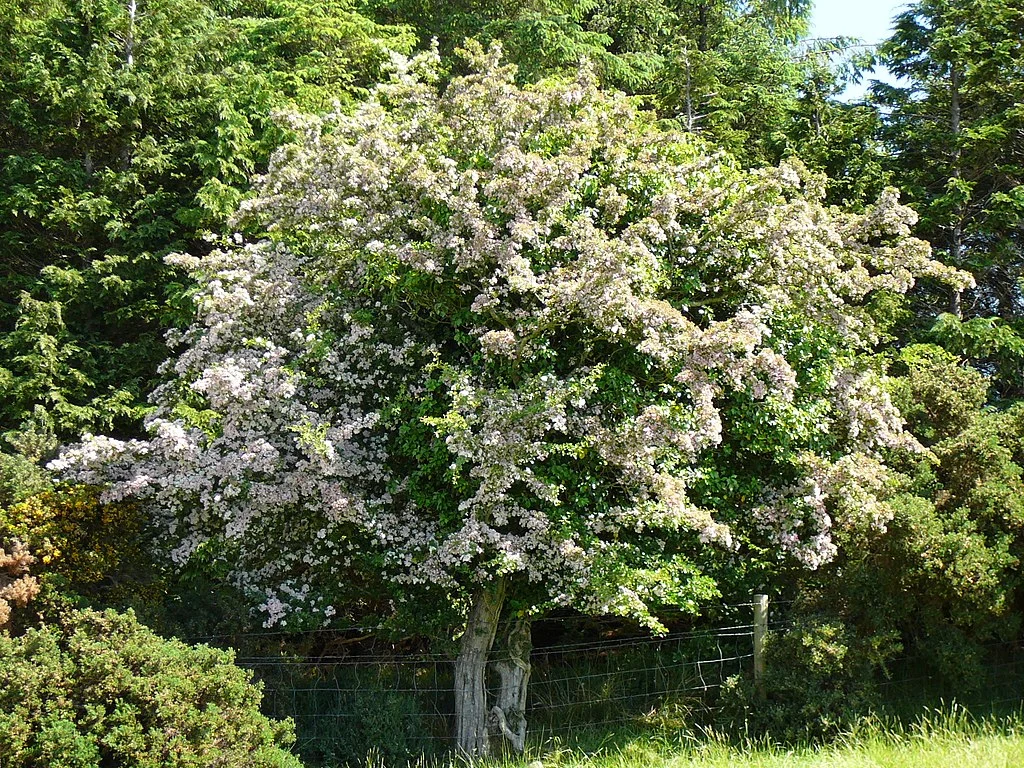
10. Honeylocust
This large tree is of the pea family and can grow as tall as 75 feet. It is highly wind tolerant and can withstand drought once established. Honeylocust is also relatively resistant to deer damage, though they have been known to eat some of the pods that fall from this tree.
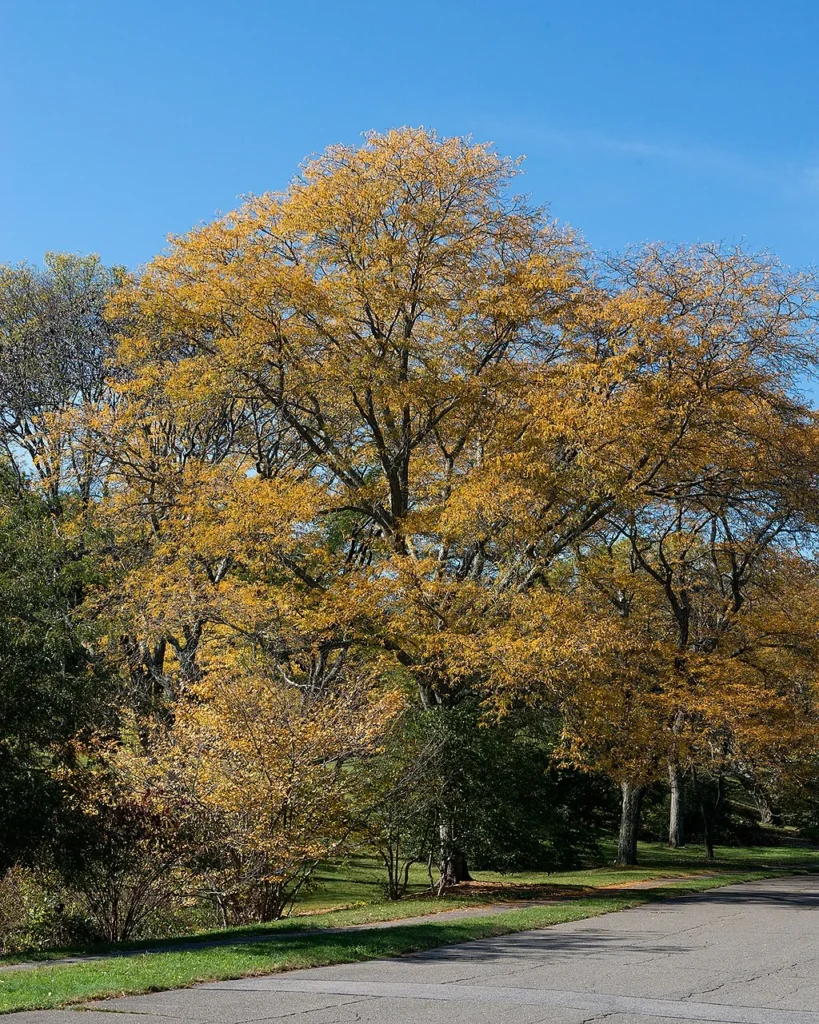
11. Alpine Fir
This tall and narrow fir grows at high elevations in Montana. It makes a great choice for natural landscapes and is quite tolerant of drier conditions. The most distinct feature of the Alpine Fir is its pyramidal form.

WATCH THIS VIDEO TO LEARN MORE ABOUT OUR DESIGN/BUILD SERVICES
Incorporating Wildlife Control Solutions into Your Landscape
As we mentioned from the onset, it’s important to recognize that there is no such thing as a fully deer-proof plant. A hungry deer will overcome a distaste for a certain plant flavor, smell, or texture if they’re hungry enough. This is particularly true in the winter when food sources are scarce.
That’s why it’s still essential that your landscape professional is incorporating a wildlife control solution into your landscape plan. This will help reduce the possibility of damage even if you have certain plants that deer tend to like.
Wildlife control solutions are not always simple and definitely require some expertise and understanding of the specific wildlife in our region (which can vary quite dramatically from one area to the next). This makes it critical that you choose a landscape partner who has wildlife knowledge and experience. You deserve to know that your plants are going to be as protected as possible.
Choosing Blanchford Landscape Group for Wildlife Control
At Blanchford Landscape Group, we take wildlife control seriously and spend quite a bit of time brainstorming ideas for the specific properties that we work on. Part of this is a strong horticultural expertise with extensive knowledge of plants that deer tend to avoid (such as some of the ones we’ve mentioned). Choosing the best plants for a property is a lot more involved than most people think. It means taking into account everything from the wants and needs of the client to the site’s conditions to the wildlife that is common in that area.
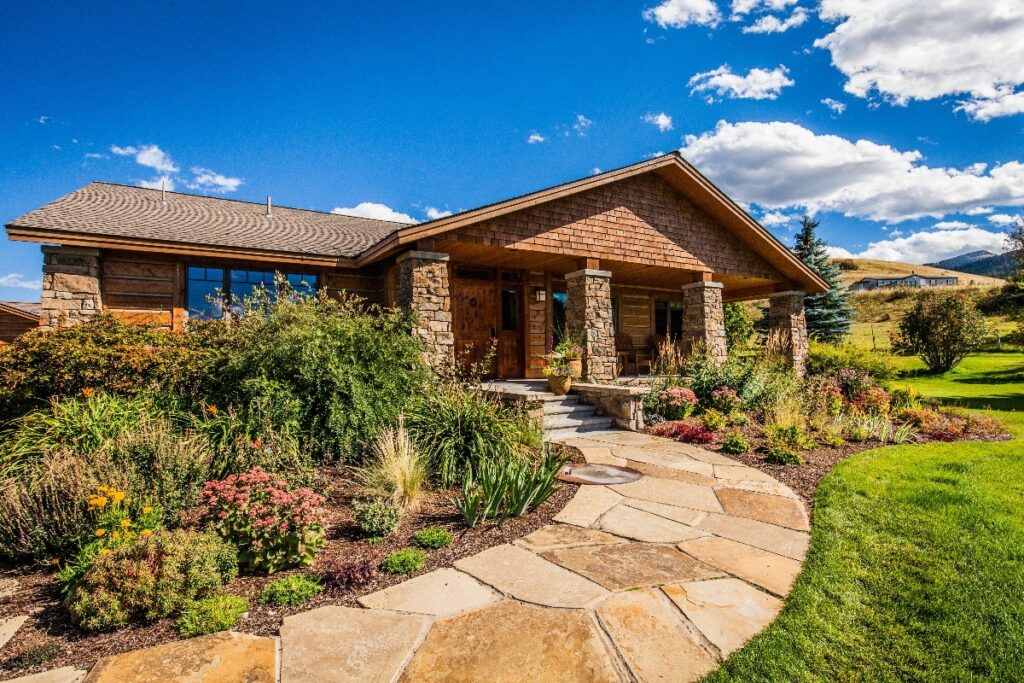
An effective wildlife solution might also include the strategic placement of certain trees, shrubs, and flowers in order to make them difficult to consume or damage. The location of the plants on your property can certainly play a big role in their protection. But a wildlife control solution could also mean protective methods like wrapping a trunk or utilizing fencing at certain times of the year where it’s appropriate.
Different properties are going to warrant different solutions, making it important that you choose a landscape company who values customization and innovative thinking.
At Blanchford Landscape Group, we want you to be able to feel peace of mind that your investment in plant material is in good hands and not going to become lunch for the local deer. By choosing to work with us, you can feel confident that we’ll be looking out for your landscape and implementing the best possible wildlife control solutions.
Are you ready to get the process of designing a landscape with deer-resistant plant material underway at your Bozeman or Big Sky, MT home? Let’s connect and talk about your project. Then we can meet and begin talking about ideas. We can’t wait for you to be able to enjoy your amazing space.

